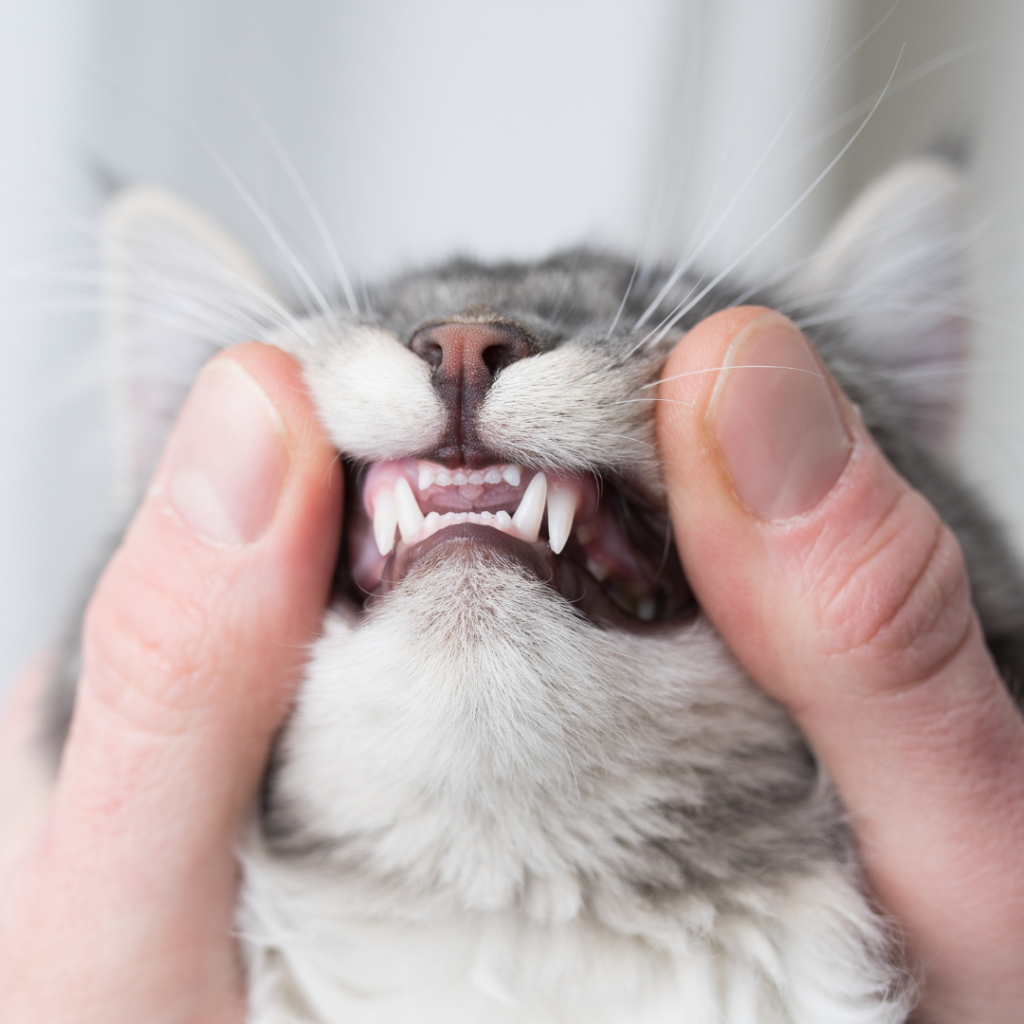Trust us, we know what you’re thinking: ‘They must be mad if they think I’ll get near my cat’s mouth!’. It’s true, a snowball has a better chance in Hell than you getting a chance to peek at your cat’s teeth. However, as much as your cat might loathe you for being near her mouth, it’s very important! Your cat uses her fangs for a variety of important tasks such as satisfying her prey drive, hunting and subduing threats to your home, and biting the hand that feeds (gently and with love).
Nothing is impossible, so with our help, let’s see how you can take care of your cat’s dental troubles.
Timing is Everything:
Waiting for the right time to check your cat’s teeth and mouth is essential. A bad time to check would be when your cat’s in a playful or bashful mood. The correct time is when things are quiet and your cat has settled for the evening (usually when they’re most tired). Once you’ve got the timing down, you can start by gently pushing your cat’s lips away to check their gums; this’ll also give you a good look at their fangs. Some early warnings to look out for are swelling or asymmetry in your cat’s face, sleeping in a different part of the house, bad breath and changes in how your cat eats.
If you’re struggling with nailing the right time, wait until feeding hour — when your cat is eating is usually when their mouth is most exposed. Take some short videos with good lighting (without annoying her too much) for playback later. This gives you all the time in the world to check and recheck. If you’re not sure on what to look out for, we’ve got a handy list:
- Redness of Gums.
- Gum Recession.
- Bleeding Gums.
- Plaque and Tartare.
- Broken or Wobbly Teeth.
- Swelling of the Gums Around Some Teeth.
- Lumps on the Gums.
What can I do to help?
If possible you should try and brush your cat’s teeth. If this is not possible don’t worry, most premium cat feeds are specially formulated to ensure that your cat is getting all of the dental care she could ever need! Much like toys and treats for small animals, cat toys can also have a secondary use by being able to reach in-between teeth and remove plaque and tartar. Help keep their fangs sharp as tacks and your cat will love you forever!
As with all things, regularly check your cat’s mouth for signs of infection and disease and always bring your cat to the vet if you are unsure of anything.

I saw something dodgy, what do I do?
First of all, don’t panic. Dental problems are definitely not as severe as a gash or cut. Next, prepare your cat for a trip to the vets. Upon arriving, your cat will be assessed by an in-house dentist and a cause will be determined for your cat’s discomfort or for the dodgy thing you saw. Once a cause is found, your cat will then be treated for whatever it is that ails them.
What’s involved in a procedure?
A full general gas anaesthetic will be given to your cat using the same modern techniques that are used in human hospitals. Most cats are anaesthetised for their dental procedures for 3 main reasons:
- Often cleaning below the gum line is painful if there is infection and inflammation. Without anaesthesia, optimal cleaning can’t be performed.
- To stop your pet from moving.
- To secure the airway. Scaling teeth causes bacteria to aerosolise, meaning that pets could end up with pneumonia if the airway isn’t secured using a special tube.
After anaesthesia is induced, your vet will scale microscopic calcium deposits from your pet’s teeth above and below the gum line with an ultrasonic polisher. They will then polish the teeth to prevent re-attachment of plaque. After a dental, most pets will be able to go home the same day. If your pet has had an extraction, they will be sent home with painkillers which will help alleviate any discomfort for up to 5 days after procedure. However, it’s up to you to come back to us if you don’t see any improvement!
Emergencies, be they dental or otherwise, are a part of life. For that reason, we are one of the only Vets in Dublin and Meath with a dedicated emergency service available 24 hours a day and 7 days a week. To find out more about this service (preferably not during an emergency), click here. Otherwise, call 01 8213189 for our Meath and North Dublin clinic, or 01 2987510 for our South Dublin clinic.
For now, Cat Fans, we say adieu!


